Developing a startup like Zomato is really inspiring and incorporates technology, food trends, and consumers. Zomato has changed the way people select their favorite restaurants and food delivery services by offering useful information and customer feedback. Food deliveries at Zomato accounted for 20.5 billion rupees in the final quarter of the fiscal year 2024, which is more than in prior quarters.
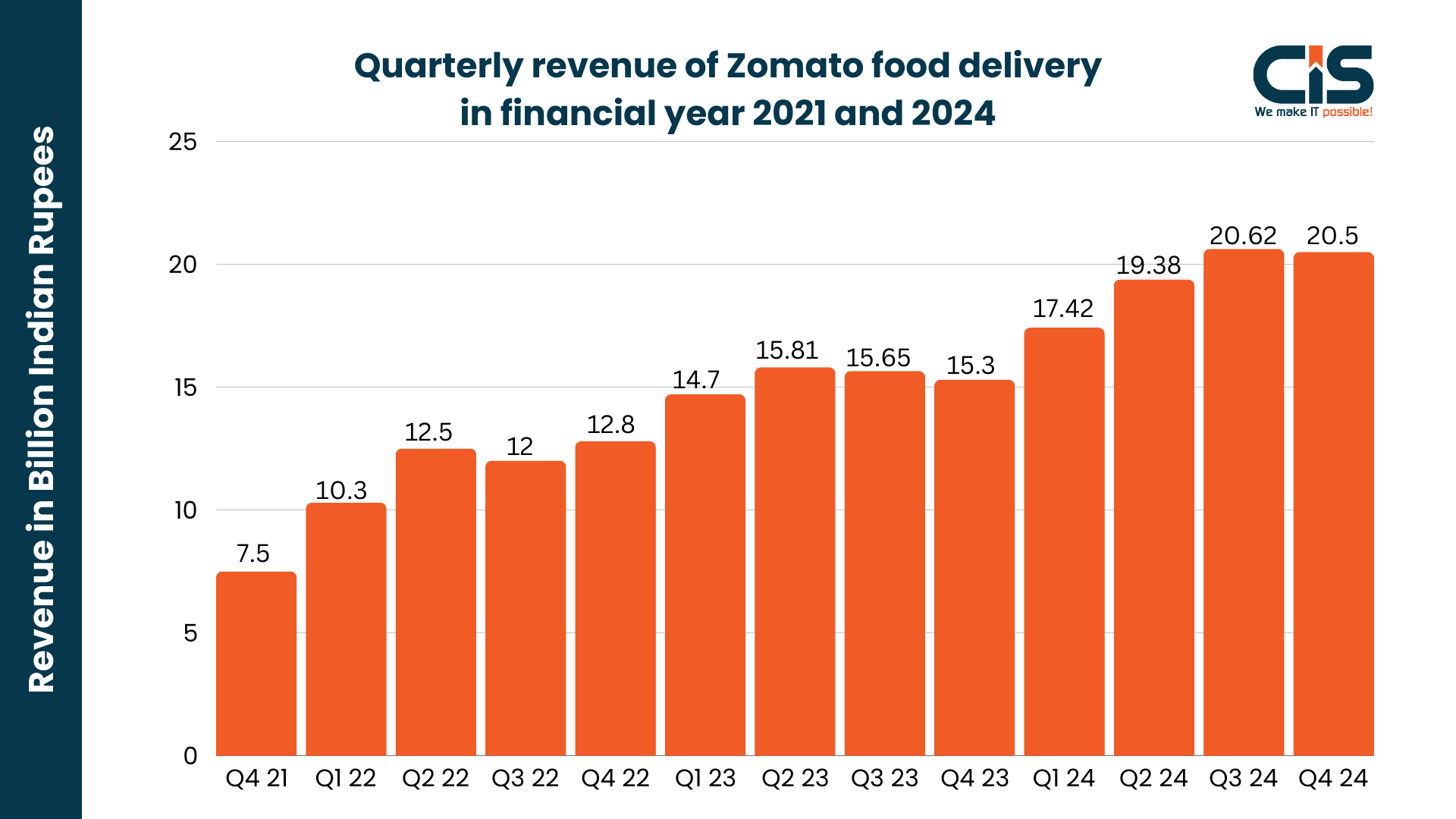
Whether used as an online ordering app or as a platform for food discovery, Zomato provides important data that can direct a variety of projects. The distinctive elements of the business offer helpful guidance for various projects.The following pages will guide you through the most basic aspects that should help you in creating a website like Zomato, ensuring it meets expected industry standards.
What is Zomato?
Zomato is an application that consists of a restaurant's menu, nutrition details, and other services related to food. With over 1.5 million listings all over the world, Zomato has numerous features that seek to improve the experience of dining out. Key functionalities include:
- Restaurant Listings: Customers can search for various restaurant owners dealing with different kinds of food specialities as well as their geographical locations and types.
- Reviews and Ratings: The customers can go through the reviews written and even post their experiences making the website a section of the community of food lovers.
- Online Ordering: It is beneficial for the users who are able to make their orders directly from the easy-to-navigate app to get their food delivered.
- Menus and Photos: For instance, Zomato ensures that it gives a detailed menu list and high-quality pictures, hence assisting the users in making the right eating decisions.
Market Research
However, before the development, the market research must be extensive. This step will help you analyze the competitors and the audience who are interested in your niche. Here's how to approach it when you create a website like Zomato:
- Analyzing Competitors: Discuss who else is the competition in the food delivery and restaurant review market. Take into account the advantages and disadvantages of your rivals as well as the satisfaction of their customers. Determine the topics they cover that you do not, since this may highlight areas where their offers have loopholes or shortcomings that need to be filled. This can help you identify potential opportunities for enhancing and setting your own web platform apart.
- Identifying Trends: Fresh with current trends in food delivery and dining out. For instance, the option of delivery contacts and taking vegetarian food orders are crucial trends that can gross your website capabilities. The data guzzled from social media platforms and industry reports can be useful for getting insights into consumer behavior and demands.
Understanding Zomato's functionality and conducting robust market research can set the foundation for a successful restaurant discovery platform tailored to meet user needs. When creating your Zomato-like website, consider the specific features that resonate with users.
Step-by-Step Guide to Creating Your Zomato-like Website
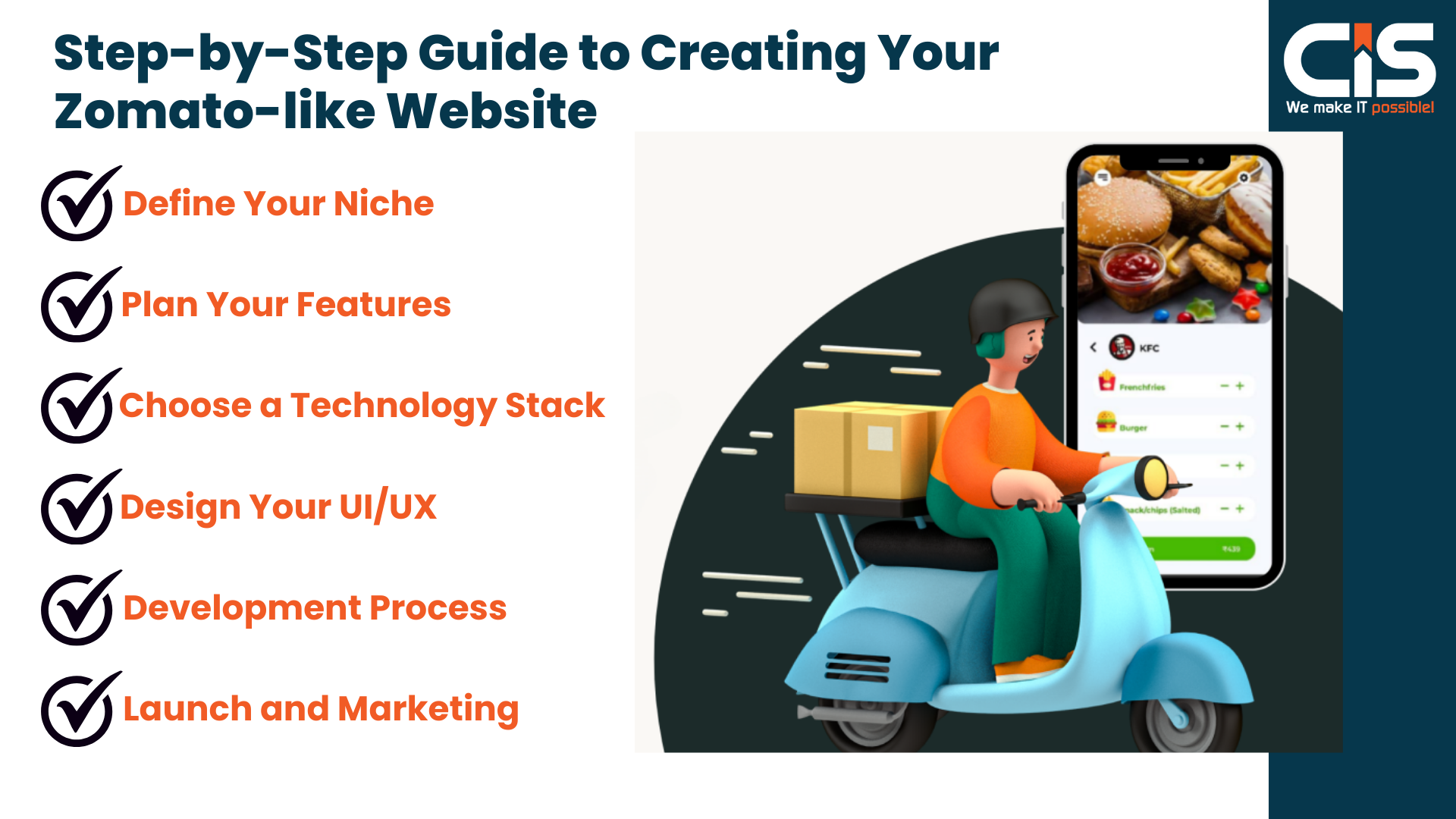
Step 1: Define Your Niche
In the existing competition among websites providing facilities for food orders, choosing a particular area of specialization can be profitable. According to a report made by Statista, the revenue in the online food delivery market is expected to reach US$1.20 trillion by 2024. which implies and shows a huge market for niche apps. Creating a website like Zomato can be a strategic move to tap into this expanding market.
To successfully define your niche, consider the following:
- Choosing a Specific Market Segment: Decide if you are interested in targeting nearby restaurants in your area, which type of foods, e.g. vegan, gluten-free, ethnic foods or what kind of dining experience, e.g. formal or informal. When your target is to attract clients who will stay loyal to your service, you should take a focused approach to promoting yourself.
- Understanding Your Audience: Moreover, research should be conducted to get to know the target group, their characteristics, and their habits. Examine their consumer characteristics, eating routines, and appliances. Opinions can be collected with the help of surveys as well as special offers on social networks. Indigenizing content according to the interest of your target market can greatly improve the reception that you receive.
By clearly defining your niche and understanding your audience, you lay the groundwork for creating a website like Zomato that meets specific user needs and stands out in the crowded food delivery market.
Step 2: Plan Your Features
The global revenue generation of the online meal delivery company is predicted to reach $401,391 million by 2025, growing at a CAGR of 10.39%., The integration of features that add value to the user, hence making them continue using the application, cannot be overemphasized. Some of the elements can enhance the operation and usability of your website. Here are key features to consider when you create a website like Zomato:
Essential Features
- Restaurant Listings and Filtering Options: It enables users to search through a list of restaurants that may be wider than the one they would have typed in. Filters like the type of cuisine, price range, and user ratings should be put in place to assist users in obtaining what they need.
- User Accounts and User Profiles: Allow users to register with personal accounts in which they can set up favorite restaurants, history of ordering food, etc. This kind of interaction encourages the same buyer to make more purchases.
- Review System and Ratings: The extreme importance of user-generated content is the element of trust and reliable interaction shaping. Place an application to share the experience and rating so that the users can rate the dining restaurants they visited. This not only gives information to others but also assists restaurants in enhancing their service.
- Menu Displays and Food Images: Visuals are powerful in the food industry. Include high-quality images of food items, along with detailed menu items. This visual appeal can significantly influence user decisions.
- Advanced Search Functionality: Users should easily locate restaurants based on specific criteria, such as cuisine type, dietary preferences, or distance from their location. An effective search feature enhances usability.
Optional Features
- Table Reservation Options: Offering users the ability to book tables directly through your platform can enhance convenience, especially for popular venues.
- Online Ordering and Delivery Integration: If your model allows, consider integrating online ordering and delivery systems. This feature can streamline the process for users and provide them with a one-stop solution.
- Blog or Articles about Food and Dining Trends: Sharing engaging content related to food and dining can attract more visitors to your website. This feature not only boosts SEO by offering fresh content but also establishes your website as a go-to resource for food enthusiasts.
By focusing on these essential and optional features, you can create a comprehensive platform that enhances user satisfaction, encourages user engagement, and drives growth. Proper planning at this stage can shape the overall functionality and success of your website, helping you understand how to create a website like Zomato.
Step 3: Choose a Technology Stack
When considering how to make a website like Zomato, selecting the right technology stack is critical. Reports indicate that nearly 60% of internet traffic comes from mobile devices, making mobile responsiveness a top priority. A well-chosen tech stack can enhance performance, speed, and user satisfaction, key factors for retaining users.
Overview of Popular Frameworks and Languages
-
Frontend Development:
- HTML (HyperText Markup Language): The backbone of your website, used to structure content.
- CSS (Cascading Style Sheets): Essential for styling your website and ensuring it looks appealing.
- JavaScript: Adds interactivity to your site, making it more engaging for users.
- React/Angular: These popular frameworks streamline the development process and improve user experience through dynamic content rendering.
-
Backend Development:
- Node.js: A JavaScript runtime that helps create scalable server-side applications.
- Django: A powerful Python web framework that promotes rapid development and clean, pragmatic design.
- Ruby on Rails: Known for its convention over configuration philosophy, this framework speeds up web development.
-
Database Options:
- MySQL: A reliable relational database management system ideal for structured data storage.
- PostgreSQL: An advanced relational database that supports complex queries and large volumes of data.
- MongoDB: A NoSQL database that excels at handling unstructured data, making it flexible for various applications.
Importance of Mobile Responsiveness and Optimization
With the significant share of users accessing websites via smartphones, ensuring your site is mobile-responsive is essential. A responsive design automatically adjusts to different screen sizes, providing a seamless experience for users.
Furthermore, optimizing your Zomato-like website for mobile not only improves user satisfaction but also boosts your search engine ranking. Google prioritizes mobile-friendly sites, meaning that good mobile optimization can lead to better visibility in search results.
Choosing the right technology stack is foundational for building a robust website. By keeping user experience in mind and utilizing modern frameworks and languages, you can create a platform that meets the needs of today's internet users. Creating your Zomato-like website involves choosing technologies that enhance functionality and user satisfaction.
Step 4: Design Your UI/UX
The establishment of a friendly user interface is very important for the success of one's website. Statistics show that 88% of internet users are reluctant to patronize websites they have not had good experiences with.
An understandable design not only captures the attention of the users but also makes them go deeper into your site, thus improving the rate of retention as well as conversion. If you're thinking about how to create a website like Zomato, this principle is crucial for ensuring your platform's success.
Importance of User-Friendly Interfaces
A friendly interface is important because it allows direct contact with the visitors to your website. In other words, if users have difficulties orienting themselves or accessing specific information they need, they will most probably go away. The appearance of the app, the design of the buttons, and the overall layout of the software can win or lose the buyer.
Wireframing and Prototyping Tools
Before finalizing the visuals, it's essential to lay out your ideas using wireframes and prototypes. Tools like Figma and Adobe XD simplify this process.
- Figma: A design tool that operates from the cloud and supports the collaboration of workers, thus making it suitable for teams.
- Adobe XD: Gives tools for developing interfaces and allows you to produce effective prototypes for interfaces without severe programming.
These tools help you visualize the user flow and identify potential issues before development begins, saving time and resources.
Key Design Principles for Enhancing User Experience
To create a stellar user experience, consider the following principles:
- Consistency: It helps if you utilize the same design features on your site and if you employ the same type of navigation. This familiar framework puts the user at ease and actually takes them less time to learn how to use the software.
- Clarity: People should not be able to easily go to your site and lose themselves aimlessly among elements with no use to them. Minimize the use of other graphics and details, and text should be clear, concise and straight to the point.
- Feedback: Give feedback to users during the interactions. For example, when a user orders a product, the reception of an acknowledgment message that their action was completed successfully.
- Accessibility: Always make sure that your website is 'Accessible' for people with disabilities. Possibly, use alt text, ensure that the ability to navigate through a website or its parts is only with the TAB/ENTER keys, and keep colors' contrast correct.
Implementing these design principles will enhance the overall user experience of your website, making it more functional and enjoyable to use. As user needs evolve, so should your design approach to stay competitive in the food delivery market. To make a website like Zomato, focus on creating a user-friendly interface that adapts to changing needs.
Step 5: Development Process
It is vital in the construction of a new website like Zomato is in the development stage. Modern studies indicate that as many as 73% of users abandon a site if it loads slowly. This supports the fact that the development process requires direction in order to run effectively when creating your Zomato-like website. Here are the details of the major stages that have been followed.
Setting Up the Server and Database
The first activity in the development process is preparing your server and your database. Keen on balancing the networking libraries, a good server is needed for accepting traffic; a database is required for storing the users' data, the restaurants' details and the orders are taken. Popular options include:
- AWS (Amazon Web Services): Hosts the best offers, complete and precise, suitable to your scale of demand.
- Azure: Microsoft's cloud platform that is more flexible and encompasses reliable security.
MySQL or MongoDB, for instance, makes it easy to architect the data and be assured of the kind of retrieval needed to make it easy for the user.
Coding the Front End and Back End
Having your server and/or database in place, it is time to code your website. The front end applies to the choices users make, while the back end approves the server logic and works with the databases.
- Front End: Make use of HTML, CSS, and JavaScript to design a well-formatted and interactive interface, such as libraries and frameworks that include React or Vue. Js can improve user interaction.
- Back End: Other languages such as Node. Some of the most used languages for server-side logic are Java Script (js), Python and Ruby on Rails. For now, it is essential to invest in improving functionalities that will enable users to get an account, order products and customize their wants and needs.
Integrating APIs for Features
But for complex functionalities such as the map, the payment methods, and other modules, you will need to embed third-party APIs. These enable you to offer basic amenities without having to lay down foundations from basic infrastructure. Key APIs to consider include:
- Google Maps API: This is for restaurant location indicators and user direction indications.
- Payment Gateway APIs: For instance, for safe and secure transactions such as Stripe or PayPal.
These integrations are vital for creating a seamless user experience, allowing users to find restaurants quickly and make safe payments.
Importance of Continuous Testing
Testing should be an ongoing process throughout your development stages. Regular testing helps identify bugs and ensures that your website functions smoothly across different devices and browsers. Consider these testing strategies:
- Unit Testing: Check individual components for functionality.
- Integration Testing: Ensure that different parts of your application work together correctly.
- User Acceptance Testing (UAT): Gather feedback from real users to understand their experience and make necessary adjustments.
By prioritizing testing, you can develop a more reliable and user-friendly platform, illustrating the efficiency of established sites like Zomato. Ensuring functionality and performance will ultimately lead to higher user satisfaction and retention when you learn how to create a website like Zomato.
Step 6: Launch and Marketing
Launching your website is a critical phase that requires careful planning. According to a survey by Statista, over 40% of online shoppers begin their search for restaurants using Google, which highlights the importance of being visible in search results. Here's how to create your Zomato-like website effectively.
Steps to Launch
- Domain Registration: Choose a unique and relevant domain name. Use tools like GoDaddy or Namecheap to check the availability. A clear and memorable domain helps build your brand identity.
- Hosting Services: Select a reliable web hosting provider. Look for options that can accommodate scalable traffic and provide good customer support. Popular choices include Bluehost, SiteGround, and AWS.
These steps form the foundation of your online presence, ensuring that your website is accessible and ready for users.
Marketing Strategies to Promote the Website
Once your site goes live, marketing is essential to attract users. Here are some effective strategies:
- SEO Best Practices: Optimize your content for search engines to improve visibility. This includes using relevant keywords related to restaurant searches, ensuring fast loading times, and creating quality backlinks. Consider utilizing schema markup to enhance your search engine listings.
- Social Media Marketing: Utilize platforms like Instagram, Facebook, and Twitter to reach your target audience. Showcase user-generated content, special promotions, and engaging visuals of restaurants. Partnering with local influencers can also help in spreading the word and attracting a targeted audience.
- Email Marketing Campaigns: Collect email addresses through your site and launch targeted email marketing campaigns. Share updates about new restaurants, exclusive offers, or blog content that adds value to your subscribers. Use interactive elements like polls or feedback forms to engage users and enhance retention.
By strategically launching and marketing your website, you can create a competitive edge in the restaurant discovery space. Remember, consistency in your messaging and engagement is key to building a loyal user base when creating a website like Zomato.
Step 7: Post-Launch Considerations
Once your website is live, the work doesn't stop. The online food delivery and restaurant discovery market is booming, with over 40% of U.S. consumers using online food delivery app development in 2023. To stay competitive, it's essential to focus on continuous improvement and scalability.
Importance of Regular Updates and Feature Enhancements
Regular updates are crucial to keep your platform relevant and user-friendly. The tech landscape is always evolving, and users expect new features and improvements. Aim to introduce updates that enhance user experience, such as:
- User Interface Improvements: Regularly evaluate your design and layout. Adapt to trends and user preferences to make navigation easier.
- New Features: Consider adding features based on user needs, such as personalized recommendations, advanced search filters, or integration with other apps.
Keep an eye on competitors to inspire your updates and remain ahead of the curve.
Gathering User Feedback for Continuous Improvement
User feedback is invaluable for refining your website. Encourage your users to share their experiences through surveys, reviews, or feedback forms. Here's how to effectively collect and implement this information:
- Incorporate Feedback Mechanisms: Easy-to-access forms or rating systems allow users to quickly share their thoughts.
- Act on Insights: Analyze the feedback to identify common pain points or desired features. Prioritize these insights in your updates to enhance user satisfaction.
By actively engaging with your user base, you not only improve your service but also create a sense of community around your website.
Strategies for Scaling Your Website
As your Zomato-like website attracts more users, there will be a need for scaling to handle increased traffic. Consider these strategies for efficient growth:
- Optimize Server Performance: Choose a scalable hosting plan. Consider cloud hosting solutions that adjust resources based on demand.
- Expand Your Content: Increase content like blog posts and user-generated reviews to improve engagement and SEO.
- Leverage Data Analytics: Monitor site performance and user behavior using analytics tools. This will help you make informed decisions about changes and updates.
Scaling effectively will ensure a seamless experience for your users as your website grows. By focusing on regular updates, user feedback, and growth strategies, you can maintain relevance and attract a loyal user base in the dynamic restaurant discovery market when you make a website like Zomato.
Also Read: What's the Price of an App like ZOMATO? Find Out Now!
Legal Considerations
Information on the legal aspects of the food industry is thus useful when creating a website like Zomato. According to the National Restaurant Association, food service industries in the United States made approximately $899 billion in sales in 2021. This sector is highly regulated to respect customer protection and rationality in the handling of businesses.
Necessary Licenses and Regulations
In addition to this, realize that as you begin your website, some licenses and regulations are necessary in the food industry. Here are some key considerations:
- Business License: A majority of the states allow businesses to run legally if they obtain a general business license. By doing this, you can make sure that your company follows local laws and regulations and stays out of legal issues.
- Health Permits: If you intend to showcase user reviews or display information from local restaurants, those restaurants must have the right health permits from various health departments. This enlightens the range of users that the particular establishments are good to patronize because they are safe.
- Sales Tax Permits: If your platform sells food, then you may be expected to pay and even collect sales tax. Obtain a sales tax permit for states of business operation from the state tax authorities.
- Advertising Regulations: Make sure that any advertisement to be featured on your platform is in compliance with the Federal Trade Commission (FTC) regulations. Consequently, such information may cause some legal troubles.
Thus, when approving the right licenses and following the regulations of the present market, you gain the trust of your users and do not get into conflict with the law. This is a key consideration in creating your Zomato-like website. More than 72,000 restaurants were listed on Zomato's B2B platform Hyperpure as of FY 2023. Compared to the prior fiscal year, this represented a substantial gain. About 1,200 ingredients are available for delivery to restaurants through Hyperpure.
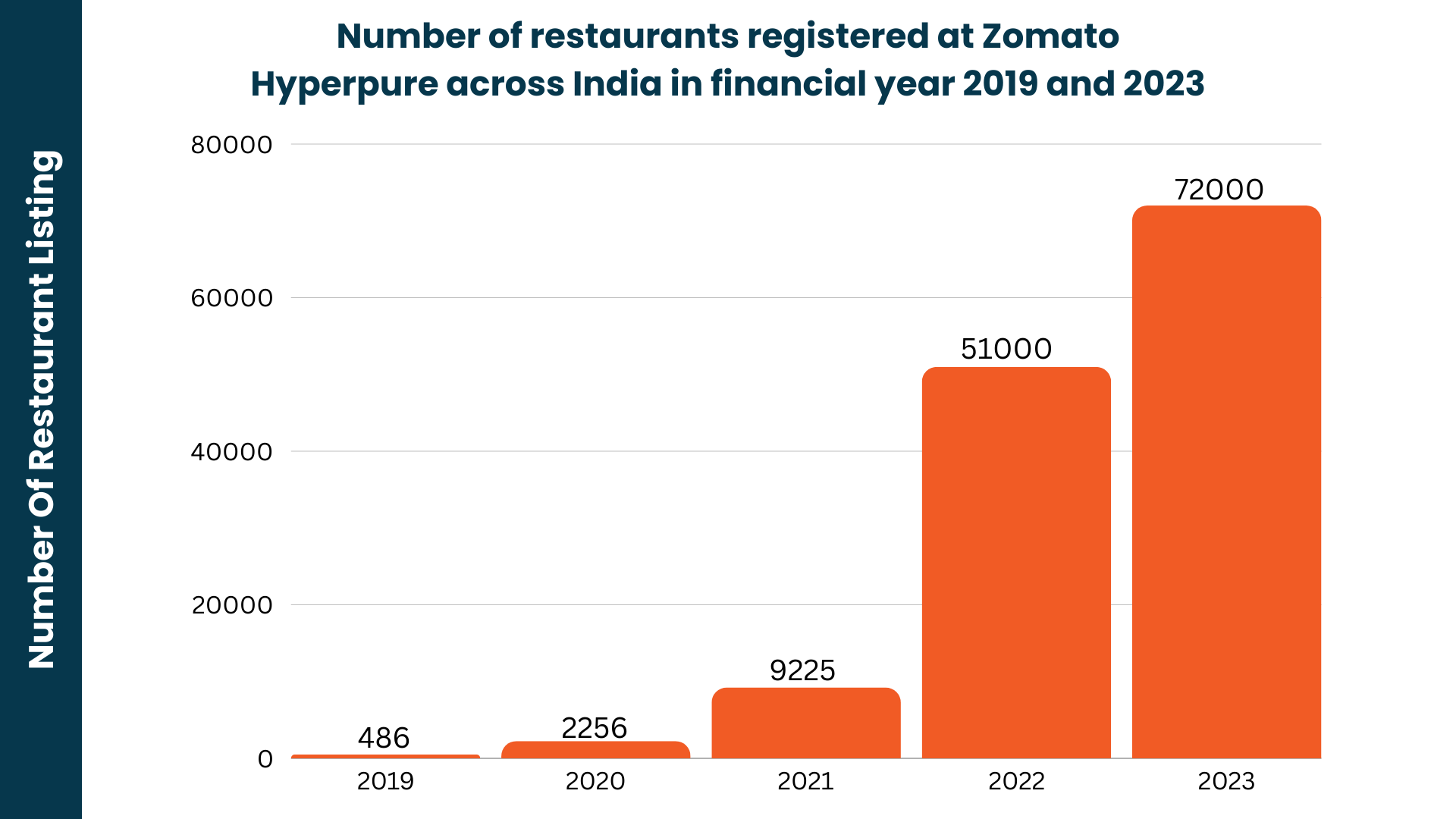
Importance of Privacy Policies and Terms of Service Agreements
Having a strong privacy policy and terms of service agreement is essential for any online platform, especially one dealing with user-generated content and personal data. Here's why:
- Privacy Policy: This document outlines how you will collect, use, and protect user data. With the increasing importance of data protection (like GDPR in Europe), a clear privacy policy helps foster trust among users and ensures compliance with legal frameworks.
- Terms of Service Agreement: This is a contract between you and your users defining the rules and guidelines for using your website. It can cover topics such as user responsibilities, prohibited activities, and limitations of liability. A well-drafted terms of service agreement not only protects your rights but also sets clear expectations for your users.
Cost To Build An App Like Zomato
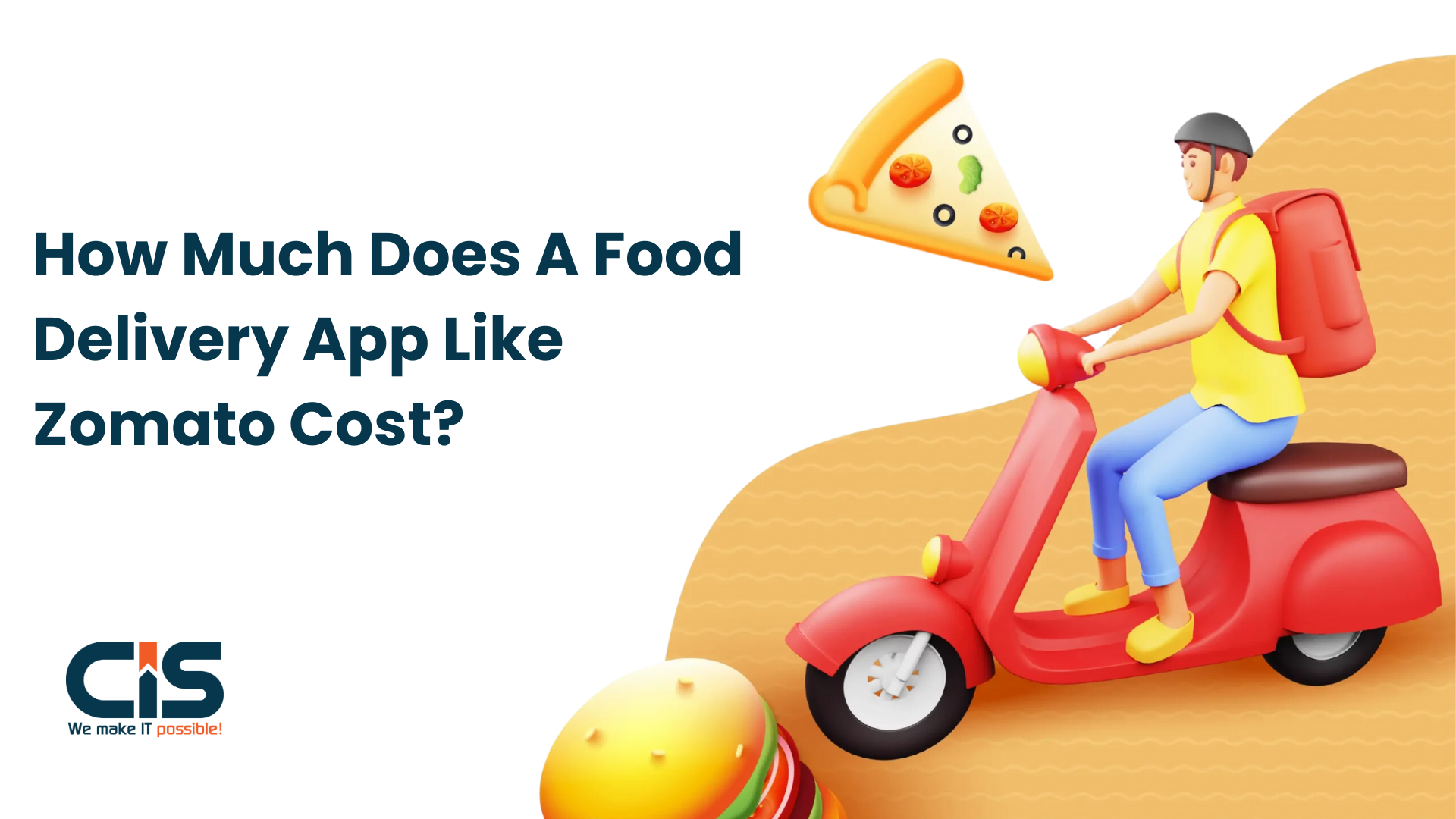
Entering the food tech industry can be wealthy, as the global food delivery market is expected to reach over $200 billion by 2025. As more consumers rely on technology to find restaurants and order food, creating an app similar to Zomato presents a promising opportunity. However, it's crucial to understand the financial implications before diving in.
Basic Cost Breakdown
- MVP (Minimum Viable Product) Development: $20,000 to $50,000.
- Advanced Features: $50,000 to $150,000 or more.
- App Design and User Experience: $5,000 to $25,000.
- Backend Development: $10,000 to $40,000.
- Maintenance and Updates: Approximately 15-20% of your initial development costs annually.
Geographical Impact
- North America: $100 - $250 per hour.
- Western Europe: $50 - $150 per hour.
- Eastern Europe: $30 - $70 per hour.
- India and Southeast Asia: $20 - $50 per hour.
Monetization Strategies
It is also essential for the survival and expansion of your business to monetize a website like Zomato. According to recent statistics, as of 2022, the online food delivery industry was estimated to be around 150 billion USD and is predicted to have a skyrocketing growth in the years to come. This opens up a number of vistas in terms of the generation of revenues. Here are several effective monetization models to consider to create websites like Zomato.
1. Advertisements
Advertisement is one of the simplest ways through which an organization can realize revenues. With ads for local businesses, restaurants, and food market brands, it is possible to make good money while being a passive income source. These ads can be arranged with Google AdSense or any other similar ad network. Moreover, there should be the suggestion of highly specialized advertising options depending on the user's interests and their actions.
2. Premium Listings for Restaurants
It is found that taking advantage of paid listings can often be quite profitable. Restaurant profiles are charged a delivery fee in a bid to enjoy a higher visibility on your platform. Here, it is explained that these paid services may involve options such as the site's top-ranked placement in the search results list, bright framing, or other, perhaps photos and/or videos to promote the services offered. But it also assists restaurants in gaining more consumers and more importantly, helps them to gain more constant revenue.
3. Commission on Online Orders
If your website has an 'online ordering' feature, then a commission structure can be used. Lease restaurants a fraction of each order made through your site. This model is self-serving because everyone wants to see those restaurants make more sales, and you get a slice of the action. Always ensure that the benefits of commission fees are communicated. Hence, restaurants get to understand the value that your platform offers them.
With the help of these monetization strategies, you will be able to make a website like Zomato with a stable revenue model for the future, along with creating value for both users and restaurants. The choice of approach will depend on your target users and your operating environment.
Conclusion
Creating a website like Zomato involves a meticulous approach, from comprehensive market research to selecting the right technology stack and implementing effective monetization strategies. As the online food delivery revenue market continues to expand, innovative ideas combined with robust backend and frontend development are key to building a successful platform.
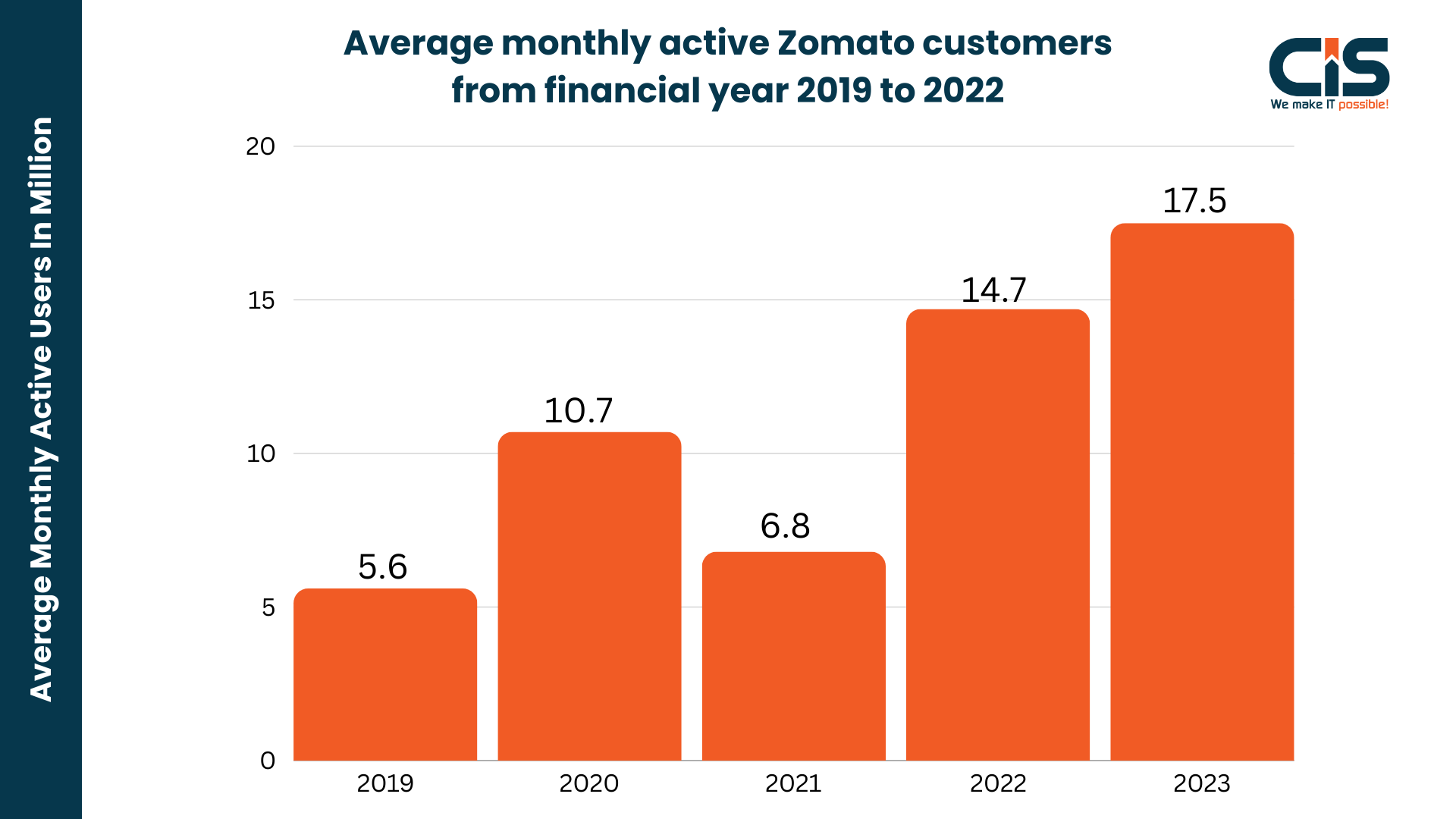
By offering services such as advertisements, premium listings, and order commissions, you can create a sustainable revenue model that drives growth. How to create a website like Zomato involves the user experience which makes sure your website is easy to navigate and visually appealing to attract and retain customers. Zomato's average monthly transacting client count in the fiscal year 2022 was close to 15 million.
Ready to take your popular food delivery app idea to the next level? Contact our team at CISIN today, and let us help you turn your vision into reality with our expertise in web development services and digital solutions!





